- Ciutat Vella
Ciutat Vella is one of the busiest areas of the city, the place where the city of Barcelona was born. Here you can stroll through the narrow dark streets of the Gothic Quarter, visit the Cathedral of Barcelona and Palau Guell, dine at the Santa Caterina market, and spend a Friday night at the bars on Paseo del Born. People love Ciutat Vella (the old city) for being close to the center of Barcelona, as well as for cozy small apartments in historic houses that are over 100 years old. Students and young couples love this area for its uniqueness and location. Keep in mind that some streets can be noisy due to the popularity between tourists.
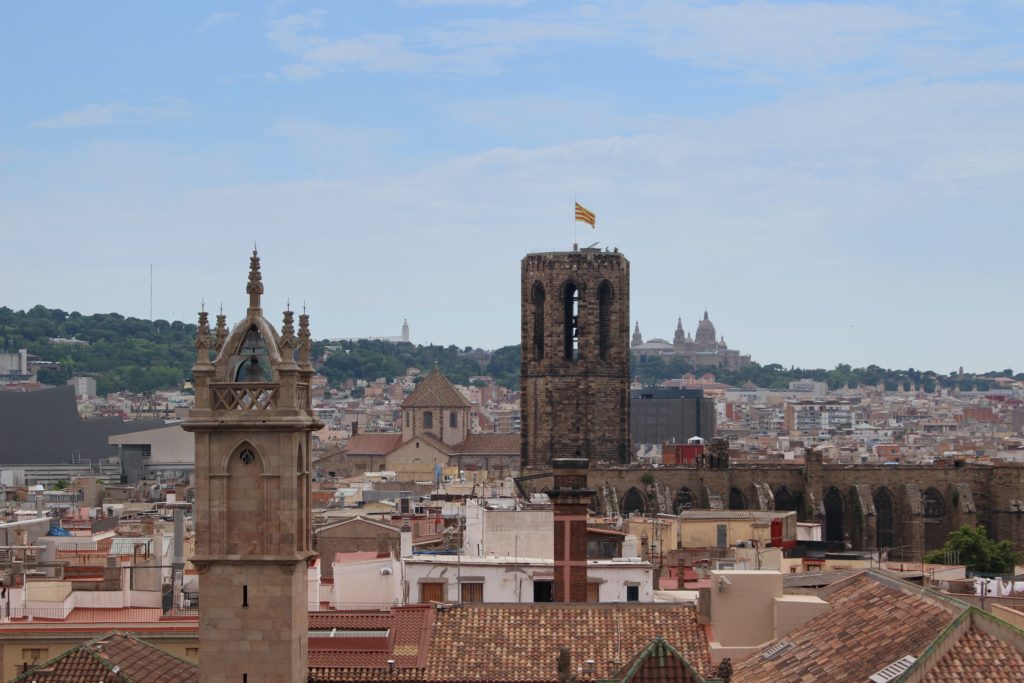
The Ciutat Vella neighborhoods are:
- El Raval
- Gothic Quarter
- Barceloneta
- Sant Pere Santa Caterina i la Ribera
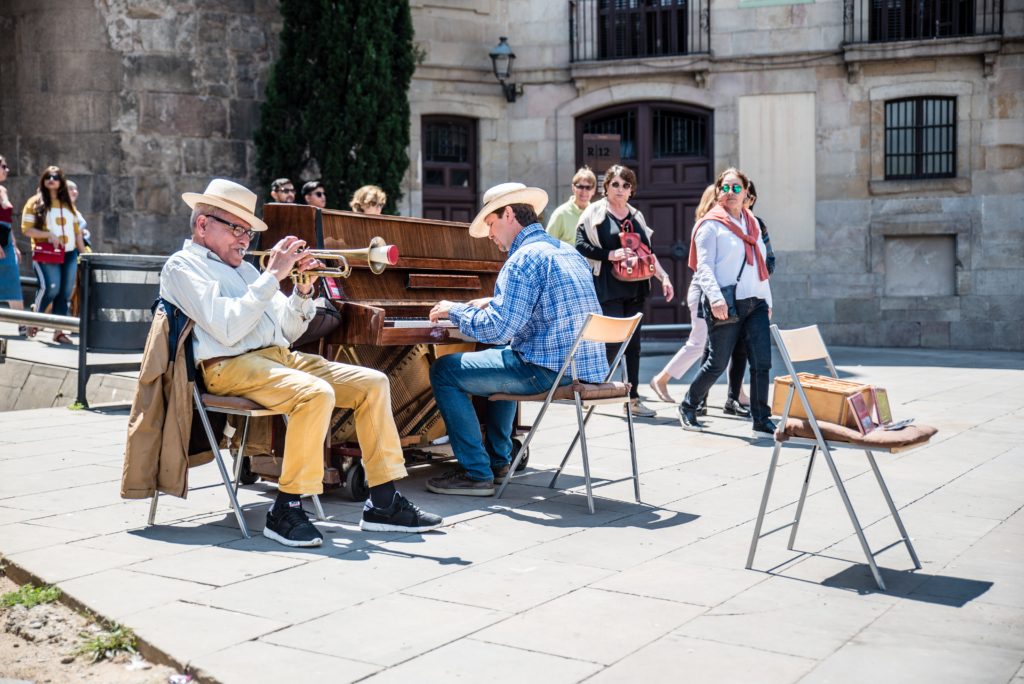
- Eixample
Eixample is one of the most beautiful areas of Barcelona with amazing geometry of quarters and architectural modernism masterpieces, the most famous of which are the houses of Casa Batlló and Casa Míla (La Pedrera), Casa Fuster, Casa Amatller, Casa de les Punxes and Mercat Sant Antoni. Residential buildings in the Eixample district are truly a piece of fine art: forged 3-meter high entrance doors, painted ceilings in the entrance, original elevators with wooden doors. The prices for buying and renting apartments in the Eixample are not cheap, but they are definitely worth it. In these apartments, you can often see tiles with geometric color patterns and voluminous wooden beams on the ceilings. Eixample is very conveniently located, you can use any kind of transport, the boulevards Passeig de Gracia and Rambla de Catalunya are within walking distance, as well as the famous Sagrada Familia. Reaching the square of Universitat, you can visit the Barcelona’s main state university – Universitat de Barcelona.
The Eixample neighborhoods are:
- The Fort Pienc
- Sagrada Familia
- Dreta de l’Eixample
- Nova Esquerra de l‘Eixample
- Antigua esquerra del l’Eixample
- Sant Antoni

- Sants – Montjuïc
Sants is the area with the greatest number of cultural and sports facilities like Camp Nou stadium which is within walking distance, as well as several tennis courts, Barcelona main train station – Sants Estació, Arenas shopping center (which used to be a bullring), Plaza de España with Magical Fountains and Museum of Catalan Art.
The district extends from the sea towards the mountains, where old factories had been converted into museums, nightlife areas, popular markets and sports facilities where the emblematic 1992 Olympics were held.
Sants – Montjuïc neighborhoods are:
- Poble Sec
- Marina del Prat Vermell
- Port Marina
- Font de la Guatlla
- Hostafrancs
- La Bordeta
- Sants-Badal
- Sants
- Zona Franca – Port
- Parc de Montjuic

- Les Corts
The upper area of Barcelona has traditionally been a distinguished area reserved by the upper class. In fact for many centuries it was a territory without a municipality and directly dependent on royalty. Currently Les Corts is still a district with elegant atmosphere where rich people live though the urban growth has led to its adaptation to the needs of the middle class. Famous Diagonal is the wide shopping street that goes through Les Corts. The abundance of parks, gardens and green areas make it an especially attractive place for families with children.
Les Corts neighborhoods are:
- Les Corts
- Maternitat I San Ramón
- Pedralbes

- Sarrià – Sant Gervasi
This area occupies the upper part of the city, through which Tibidabo Avenue extends. The area was chosen as the residence of the Catalan bourgeoisie of the 19th century and represents a large number of luxury residential buildings, and sometimes mini palaces, there are practically no high-rise buildings. Likewise Les Corts, the area is considered a bit expensive to live in. From here you can also get to the Collserola Natural Park, which is great for walking with children and dogs. Sant Gervasi is surrounded by international schools and universities, such as European University.
The Sarrià – Sant Gervasi neighborhoods are:
- Vallvidrera, Tibidabo i les Planes
- Sarrià
- Les Tres Torres
- Sant Gervasi-Bonanova
- Sant Gervasi-Galvany
- The Putget i Farró
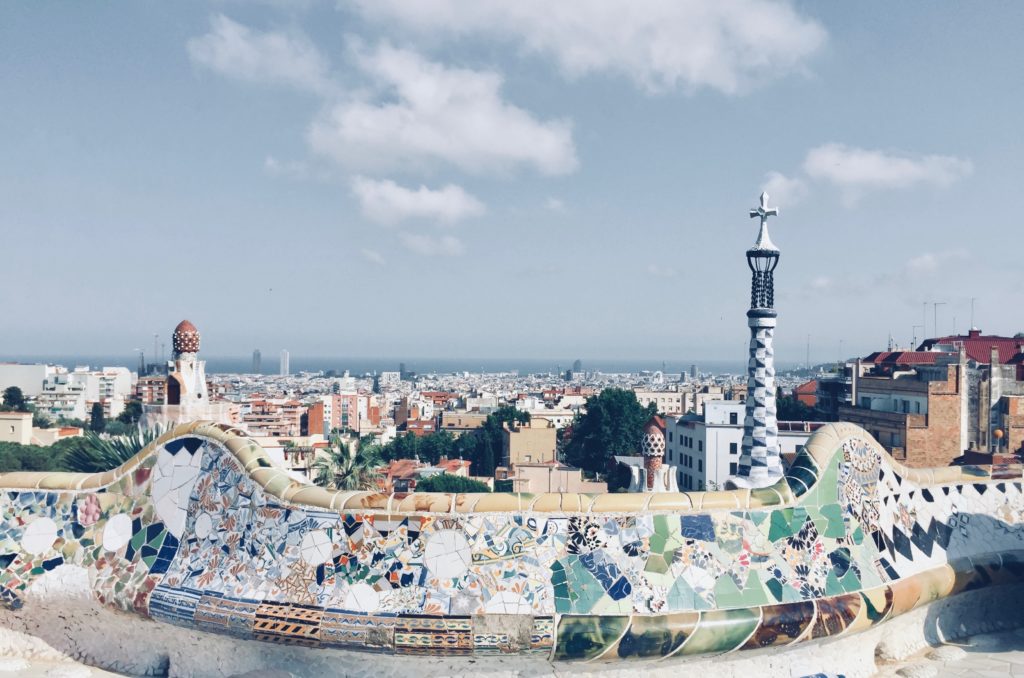
- Gràcia
This cosmopolitan Barcelona district is a mixture of cultures, trends and lifestyles that have been erected among old farmhouses, manor houses and buildings of a neoclassical style. It is especially loved by young people. Those who live in Gràcia become part of this great family that organise one of the most popular festivals in the city every August (Fiestas de Gracia).The area is very close to the center of Barcelona and particularly to Paseo de Gracia shopping street.
Gràcia neighborhoods are:
- Vallcarca y los Penitentes
- El Coll
- La Salud
- Villa de Gracia
- Camp d’en Grassot i Gràcia Nova
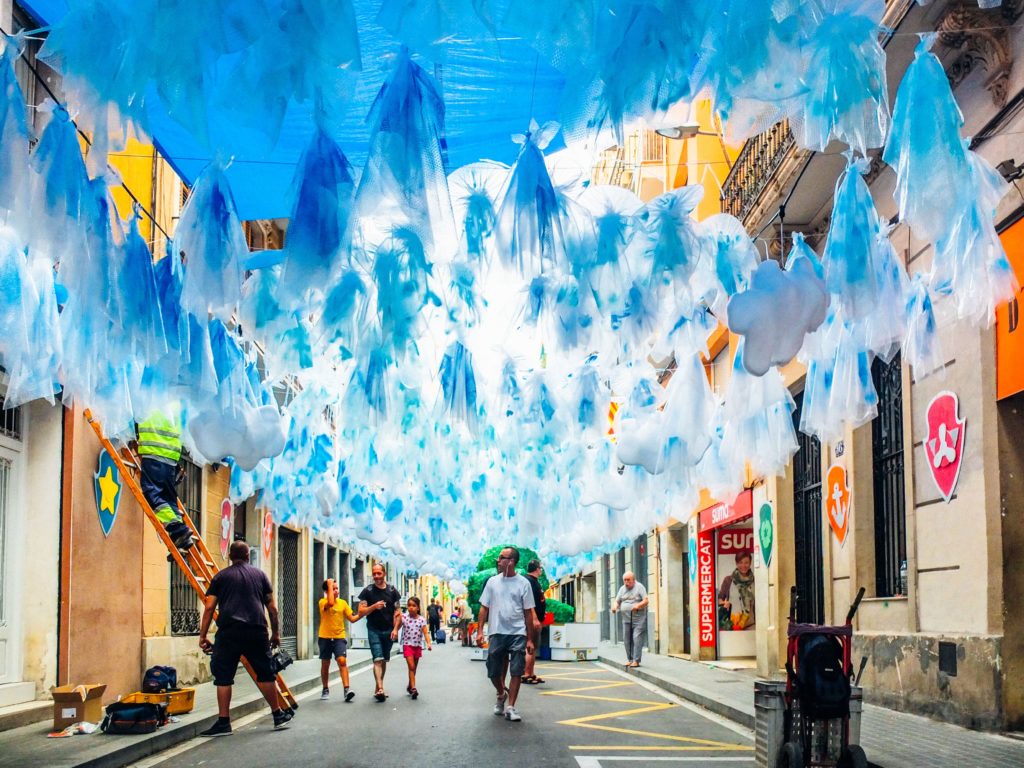
- Horta – Guinardó
Thanks to the rural past, preserved to this day in the form of parks, protected by the Tres Turons ridge, this is the third largest district of Barcelona. The farmers’ houses, which were the only inhabitants of this remote area, eventually became part of the city during globalization. Getting from Horta – Guinardó to the city center is a bit far, however it is a quiet and relatively cheap residential area of Barcelona, where a wide range of public transport is available.
Horta – Guinardó neighborhoods are:
- Baix Guinardó
- Can Baró
- El Guinardó
- La Font d’en Fargues
- El Carmelo
- La Teixonera
- Sant Genís dels Agudells
- Montbau
- El Valle de Hebrón
- La Clota
- Horta

- Nou Barris
Nou Barris is the northernmost district of Barcelona. It is made up of 13 neighbourhoods that were the reception point for an important part of the labor immigration that arrived in Barcelona in the 1950s and 1960s from all over Spain.
Now they proudly display their shopping streets and attractive green areas. Perhaps the most evident proof of this are the numerous parks such as the Parc de la Guineueta, the Parc del Turó de la Peira or the modern Parc Central de Nou Barris, which, with a total of 17 hectares, is the second biggest park in Barcelona.
Passeig Valldaura and Via Júlia streets together make a lively commercial area with exceptional views of the city of Barcelona and its surroundings, the Mirador de Torre Baró is a place worth visiting.
Nou Barris neighborhoods are:
- Vilapicina y La Torre Llobeta
- Porta
- Turó de la Peira
- Can Peguera
- La Guineueta
- Canyelles
- Les Roquetes
- Verdún
- La Prosperitat
- La Trinitat Nova
- Torre Baró
- Ciudad Meridiana
- Vallbona

- Sant Andreu
Cobbled streets and centuries-old buildings confirm that Sant Andreu is a neighborhood with a traditional character. The Sant Andreu district has agricultural origins and like other neighborhoods in Barcelona was independent until 1897. With the industrial and commercial revolution, it evolved step by step. The changes improved industrial buildings and fixed their damaged areas. This neighborhood is a reflection of the new Barcelona, though mixed with its past, through the oldest buildings, such as Plaça del Mercadal and the Church of Sant Andreu del Palomar.
Sant Andreu neighborhoods are:
- La Trinitat Vella
- Baró de Viver
- El Buen Pastor
- San Andrés
- La Sagrera
- Congrés i els Indians
- Navas
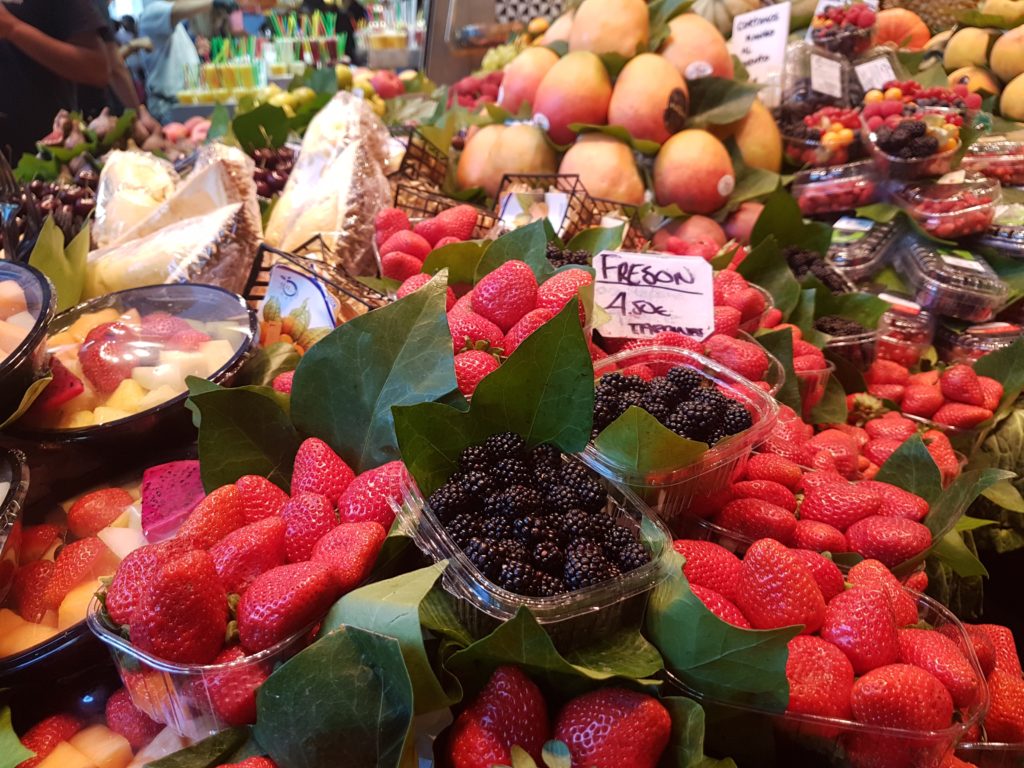
- Sant Martí
Sant Martí is one of Barcelona’s favorite neighborhoods to live in. Close to the beach, full of residential buildings, with a unique personality and a great cultural and leisure offer, it is one of the most attractive districts.
It is made up of 10 neighborhoods that are as diverse as the housing offer in each one: from the most expensive apartments in Diagonal Mar to some of the cheapest in El Besòs i el Maresme.
Sant Martí has all the services that may be needed, without having to move too much.
From public schools and university campuses (UPF, UOC or UB), to libraries (Sant Martí de Provençals, Ramon d’Alòs or Poblenou-Manuel Arranz) to all kinds of municipal sports facilities and centers (Center Esportiu Municipal Bac de Roda , Center Esportiu Municipal Jupiter, Center Esportiu Municipal Vintró, the Complex Esportiu Municipal La Mar Bella, etc.).

Poblenou is the fashionable district of Barcelona. Artistic, underground, hipster, cool, technological, industrial, worker and residential. Poblenou is endless.
La Rambla del Poblenou is the heart of Sant Marti that starts from Gran Via de les Corts Catalns and reaches the beach on its end, it’s a very lively area full of different bars and restaurants. The 22@ area near Glories Shopping Mall is the new financial and IT district for tech companies, like Facebook, Oracle and many others.
Sant Martí neighborhoods are:
- El Camp de l’Arpa del Clot
- El Clot
- El Parc i la Llacuna del Poblenou
- La Vila Olímpica del Poblenou
- Poble Nou
- Diagonal Mar i Front Marítim del Poblenou
- El Besós y el Maresme
- Provençals del Poblenou
- Sant Martí de Provensals
- La Verneda y la Pau

